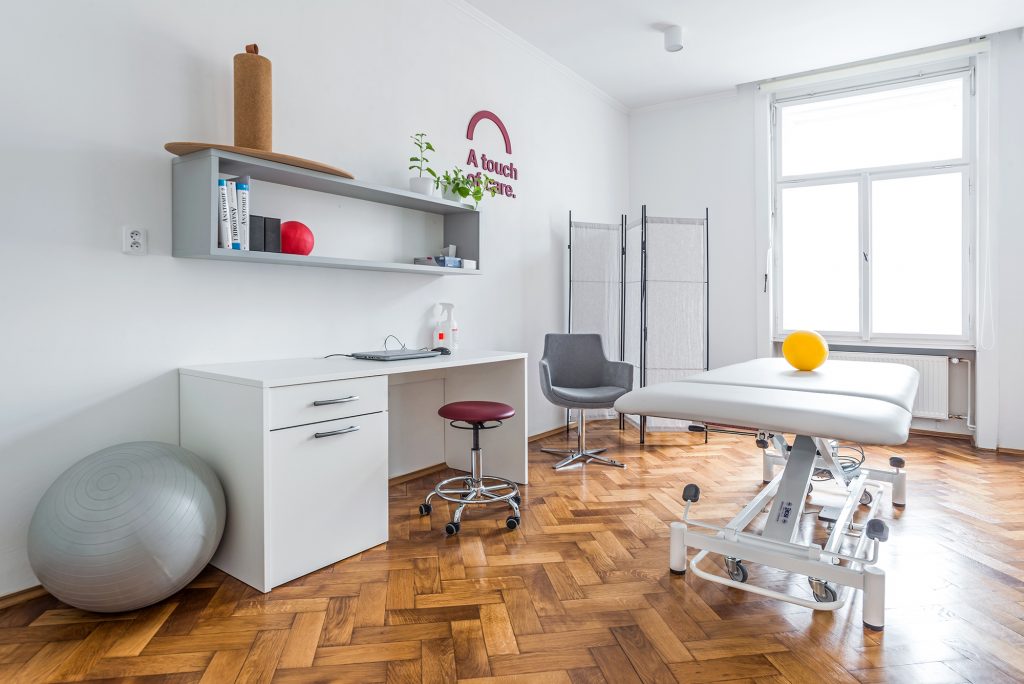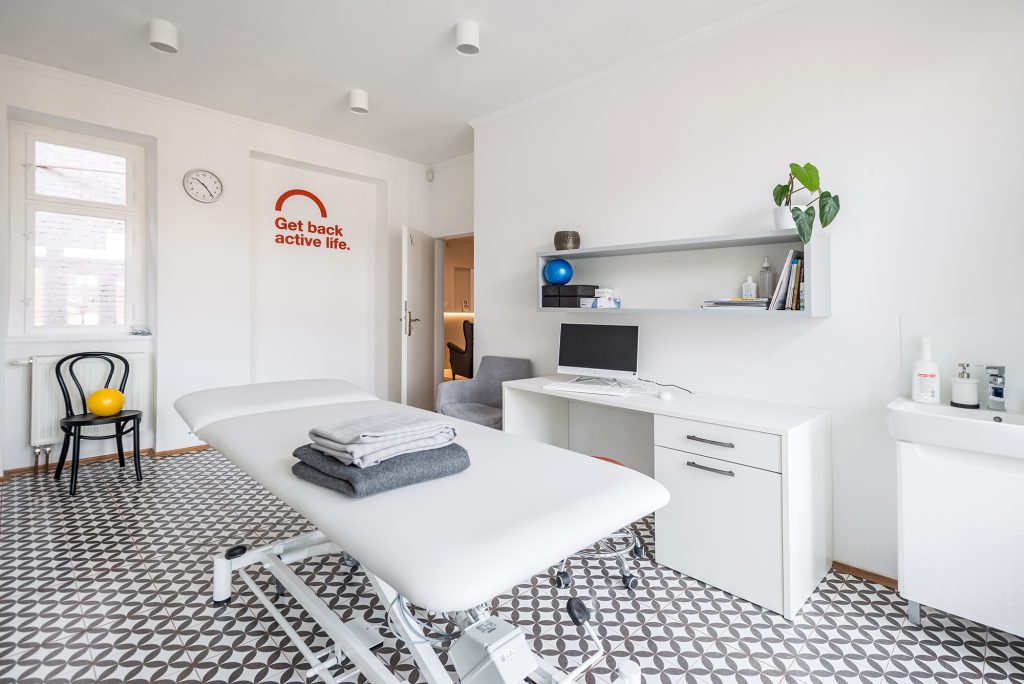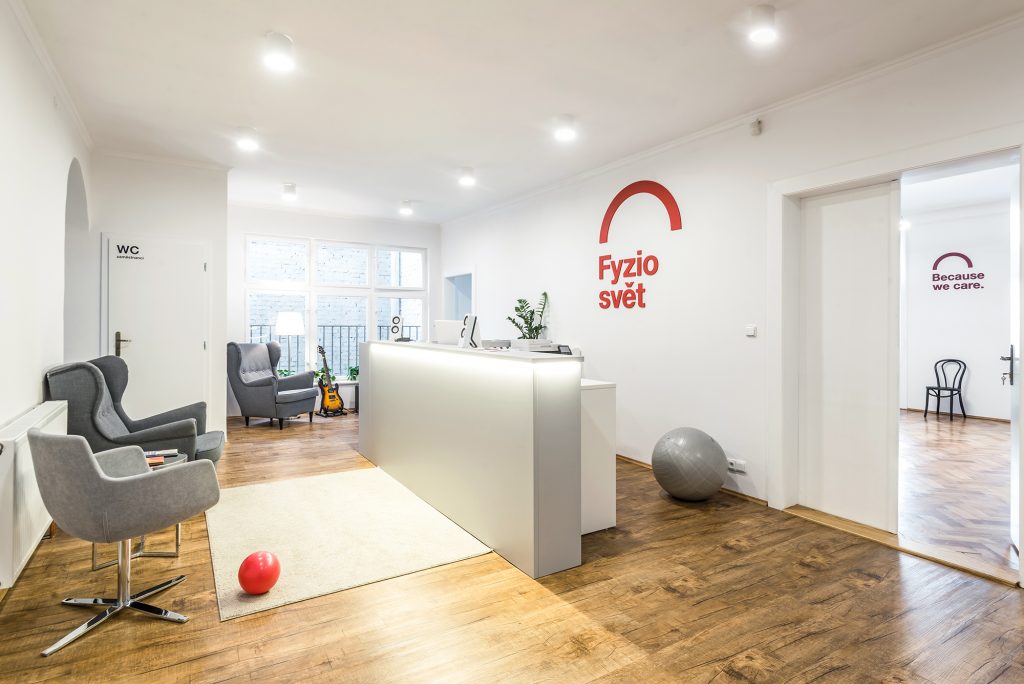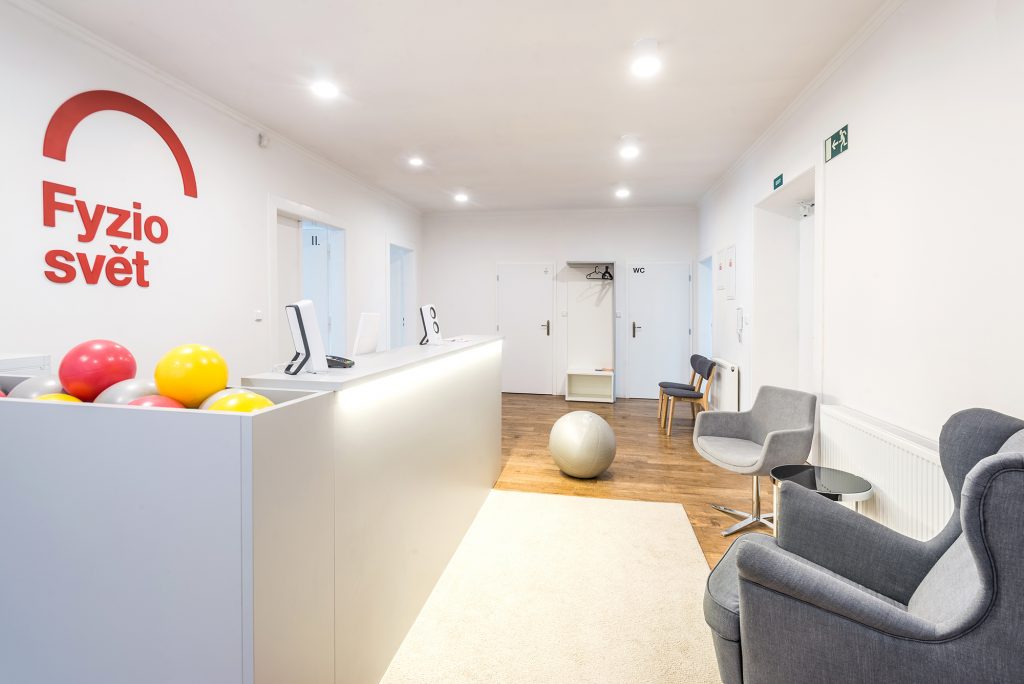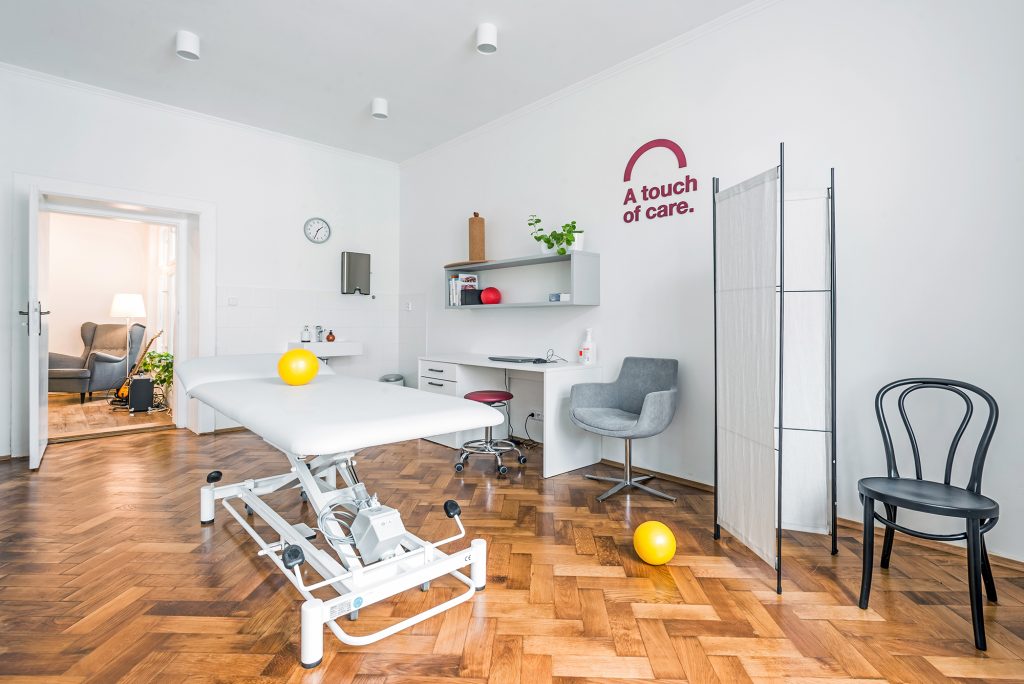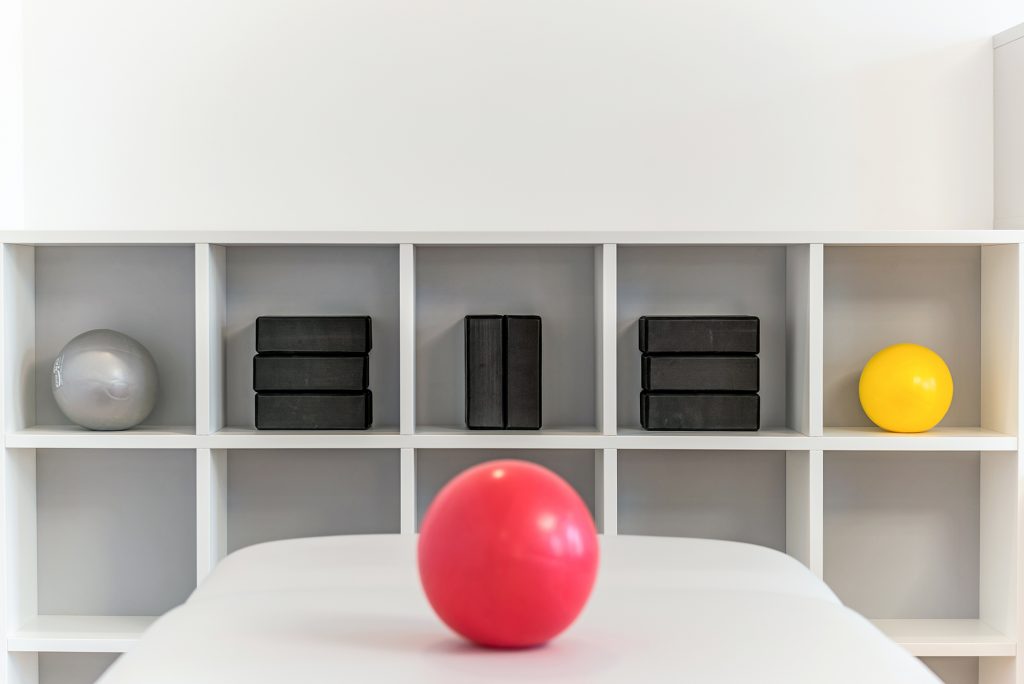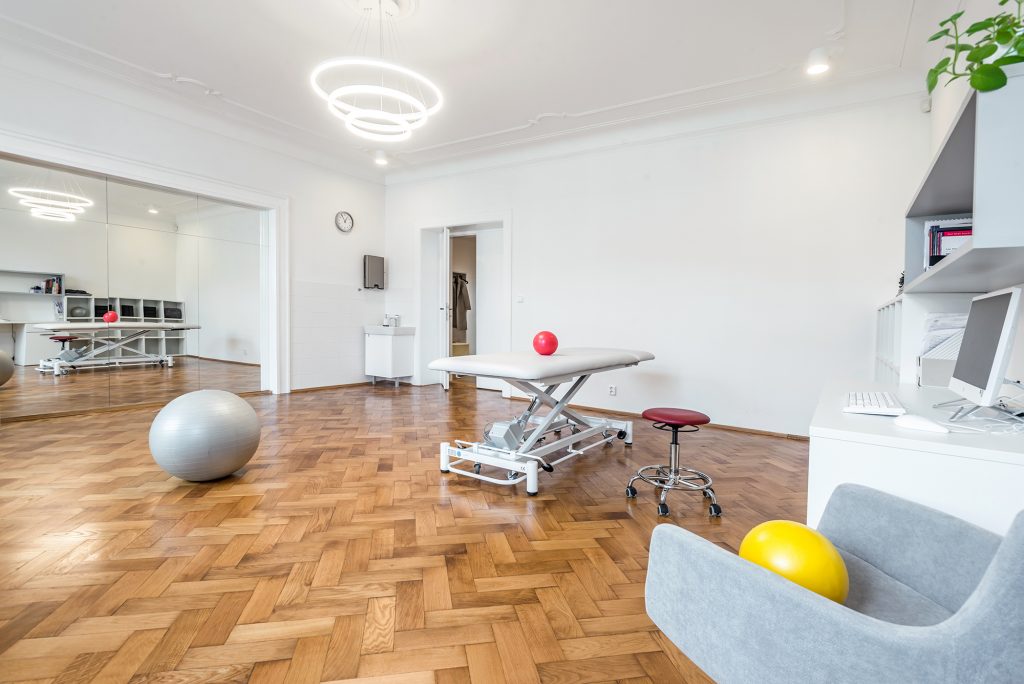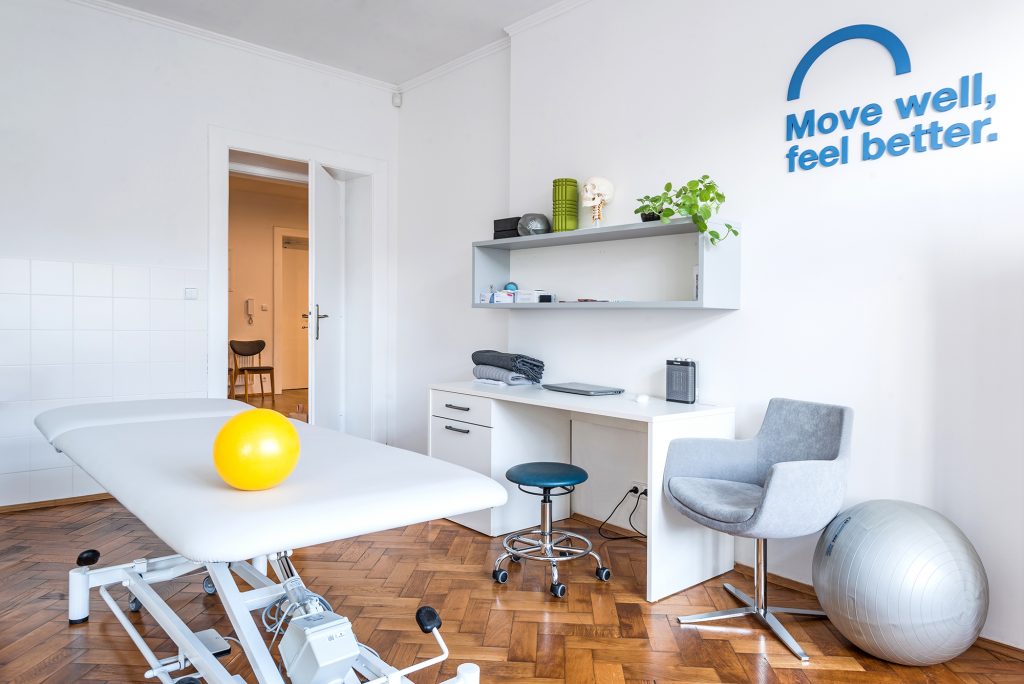Painful Trigger Point in Muscle
What is a Trigger Point?
A trigger point (TrP) is simply a contracted muscle fiber. TrP is described as an overly sensitive point within a muscle associated with a small, painful knot inside a tight muscle band. It can be spontaneously painful or only hurt when pressed. Compressing a TrP can trigger characteristic symptoms, which may manifest at the site of pressure or in distant areas. For example, some TrPs in neck muscles may radiate pain to the forehead, which clients often perceive as a headache, without realizing that the true source of the pain is in the neck muscles. Quickly pressing on the TrP often elicits a local muscle twitch and pain that clients may recognize as the pain they sought treatment for (“pain recognition”). Muscles with contracted fibers show increased irritability, reduced relaxation capacity, and are more prone to strain. Muscles with TrPs have significantly reduced regenerative capacity.
8 Reasons Why Trigger Points Form
- Compensation for Poor Posture: A typical example is a sedentary job. When sitting for extended periods (e.g., working at a computer, driving, studying), some muscles weaken while others are overloaded. To avoid overworking entire muscles, the brain contracts only parts of them—individual muscle fibers—leading to the formation of a trigger point with characteristic pain. Often, individual TrPs form functionally connected chains as the body tries to adapt to prolonged unnatural sitting positions.
- Compensation for Sports Overload: For example, a person who over-trains their chest and front shoulder muscles in the gym while neglecting the muscles between the shoulder blades. The body compensates by forming TrPs in weaker muscles to maintain proper joint alignment. TrPs and muscle tension also compensate for typical unilateral sports activities (tennis, hockey, volleyball, golf, etc.).
- Compensation for Hypermobility: In this case, the brain uses muscle tension and TrPs to create stability in the musculoskeletal system. People with hypermobility have looser connective tissue and need to rely more on muscle activity (especially when standing or sitting for long periods). Treating TrPs in hypermobility is specific; it is not advisable to relax muscle tension too much, as it may worsen the condition. A typical example is a person feeling “sore” for three days after a massage. With hypermobility, it’s essential to carefully evaluate which TrPs can be safely released.
- Protective Function: The body responds to pain by increasing muscle tension. For example, in a football player who injures their knee, typical TrPs form in the surrounding muscles. The body creates its own “splint” through TrPs to give the joint time to heal. A similar situation occurs with muscle, tendon, or ligament injuries, after inflammation, trauma, or surgeries.
- Reaction to Scar Tissue: It is common for scars that haven’t healed properly (e.g., restricted mobility, pulling, or burning when touched) to create chains of contracted muscle fibers around them. If you suspect a scar isn’t healing well, it’s worth having it checked by a physiotherapist. Common problem scars include those from appendectomy, abdominal laparoscopy, and cesarean sections.
- TrPs as a Response to Internal Organ Issues: Internal organ problems (e.g., stomach pain or gynecological issues) can reflexively lead to the formation of TrPs in muscles. Each organ can create a typical tension pattern. For instance, stomach pain can create TrPs in the muscles of the left shoulder and shoulder blade.
- Psychological Stress: Psychological stress leads to TrPs in specific muscles, especially in the jaw muscles, neck trapezius muscles, respiratory muscles, and pelvic floor muscles.
- Rheumatic and Immunological Causes: This group includes more complex diagnoses associated with immune reactions, such as rheumatoid arthritis.
Trigger points are not always bad. It’s important to first address the reasons for their formation before releasing the TrP. The opposite approach can sometimes worsen the condition.
How to Release Trigger Points?
Various techniques are used to release contracted muscle fibers. Some methods can be done at home by the client, while others are performed only by a doctor or physiotherapist.
- Pressure Massage: This method is highly effective, but only if done with the correct technique. After being instructed by a physiotherapist, it can be used for self-therapy at home.
- Foam Rolling: A less specific method that also treats connective tissue and fascia. Suitable for athletes. More information can be found in the article on Stretching and Foam Rolling.
- Neurophysiological Techniques: These include post-isometric relaxation, eccentric muscle contraction, or reciprocal inhibition. These techniques are more complex to perform and should be used at home after instruction by a physiotherapist.
- Shockwave Therapy: Offers high effectiveness, long-term effects, improved blood circulation, and tissue quality. Performed by a doctor or physiotherapist. Typically applied 3 to 5 times with one-week intervals. More information can be found in the Shockwave Therapy article.
- Dry Needling: According to studies, this is the most effective technique for releasing TrPs. It is highly specific and localized to a particular muscle, performed by a doctor or physiotherapist.
- Kinesiotaping: Works well as a supportive treatment, prolonging the effect of TrP release. More information can be found in the article When and Why to Tape.
Do you suspect that your pain is caused by a trigger point in your muscle? Let a physiotherapist guide you on how to release the tension for long-lasting pain relief. At Fyzio Svět, we work with trigger points daily and are happy to help you.
